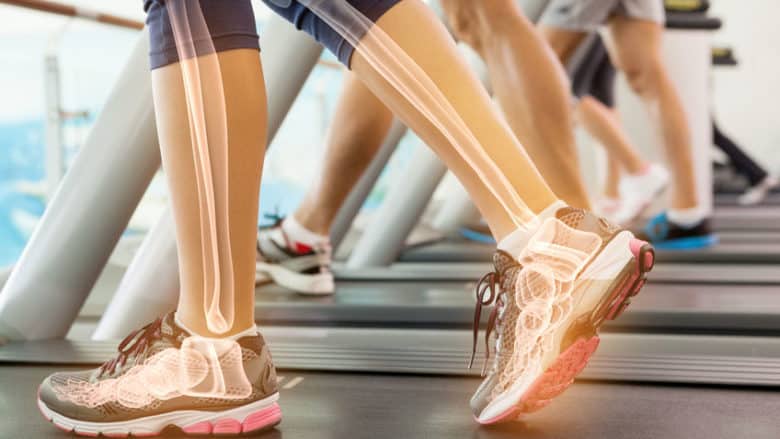
Isometric exercise tool serves as answer for those who know they need to exercise but don’t.
Are you one of the many who just can’t find the time to exercise?
Or, maybe you don’t exercise because of painful joints or
can’t afford the gym.
Or, perhaps you just plain “hate” exercise.
Well, I’ve got good news: You can overcome these obstacles!
Here’s my story:
After reading the report from my bone scan, my doctor asked about my exercise routine. I proudly told her I walk at least 30 minutes about 5 days a week.
She said, “That’s good, but walking is not enough to prevent osteoporosis. You need to add weights or some other resistance exercise to your routine to build healthy bones.”
During resistance exercise, also called resistive or isometric exercise, the muscle contracts, but the joint doesn’t move. Usually, you do these exercises by pushing or pulling against something or using weights or bands.
I enjoy regular walking, but just could never build up the enthusiasm for using weights. I would try every now and then, keep it up for a few weeks, and then let it go.
Six months ago, I purchased an isometric exercise tool called OsteoBall Bonefitness Exerciser developed by Robert Swezey, MD, a specialist in osteoporosis prevention and treatment as well as professor of medicine at UCLA Medical School.
Using the OsteoBall is surprisingly EASY. The instructions guide you through a 10-minute routine using an inflatable ball with a cloth cover that includes straps with loops on the end.
You learn good posture and a counting method that includes correct breathing during the sequence of exercises that address all the key muscle groups.
The OsteoBall design continually adjusts itself to your strength level, thus decreasing the chance of injury.
The exercises are so simple you can even do them while watching TV. Because the joint doesn’t move, even those with painful joints can usually do them.
If frequent travel gets in the way of your routine, it addresses that too. You can deflate the ball, put it in your suitcase, and take it with you.
Best of all, studies show that the OsteoBall exercises increase muscle strength and bone mineral density. Bone mineralization helps prevent and treat osteoporosis. Stronger muscles and bones not only make you look and feel better they help prevent falls and related injuries.
I’ve been using OsteoBall for about 6-months now. I can honestly say I feel more invigorated after doing them. I especially like the exercises that address the neck and arms. I’ve had weak arms as long as I can remember.
I’m still no body builder, but I’m stronger and have less flab!
Bottom Line
The science is clear; exercise serves as a corner stone for any natural health plan. It’s important for bone health, muscle strength, and maintaining a healthy weight. It decreases your chances of getting a disabling disease and aging faster than you should too.
But, not just any exercise will do: you need a combination of aerobic exercise like brisk walking and isometric exercises in your routine. I found, as have many others, that the OsteoBall serves me well. It’s low cost, easy to use, and only takes 10 minutes.
Whether you choose a tool like OsteoBall or something else, add isometric exercise to your health plan.
Sources and Resources
Gomez, L. E., “Tapping into the Bone Health Market,” American Fitness , July/August, 2004.
Plowden, Judith, “Having a Ball With Dr. Robert Swezey,” Journal of Longevity, Vol. 13, No. 8., 2007.
Product Focus, “Core Activation: The Many Uses Of The OsteoBall,” OnSite Fitness, Vol. 5, No. 3., 2010.
Swezey, Robert, Swezey, Annette, Adams, John, “Isometric Progressive Resistive Exercise for Osteoporosis,” The Journal of Rheumatology, Vol. 27, No. 5, 2000.
UCLA Division of Geriatrics, “Your Ally Against Osteoporosis,” Healthy/Years, November, 2006.
